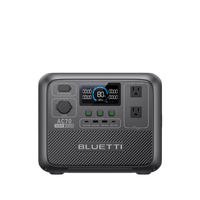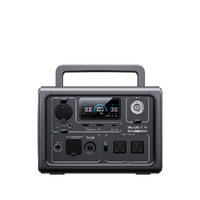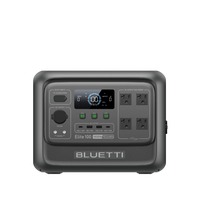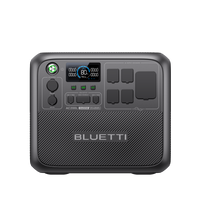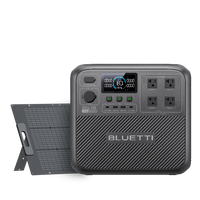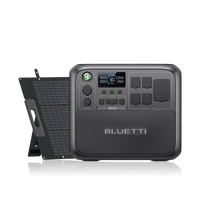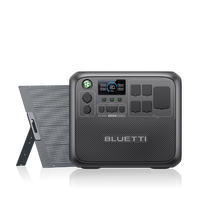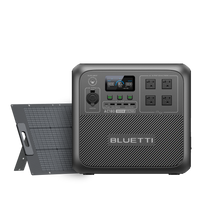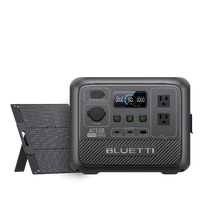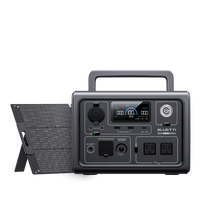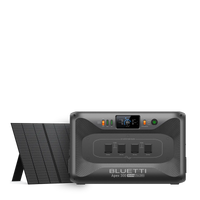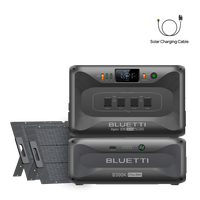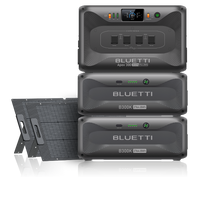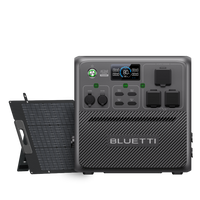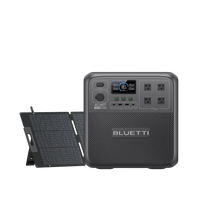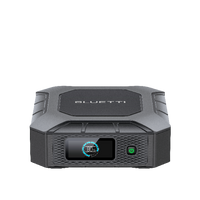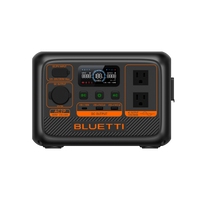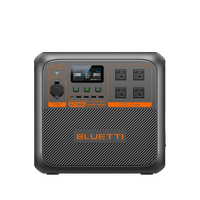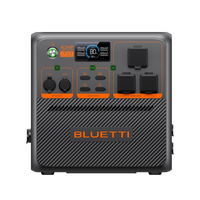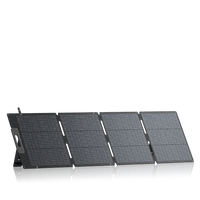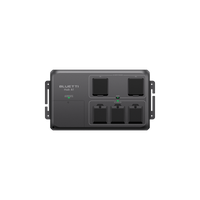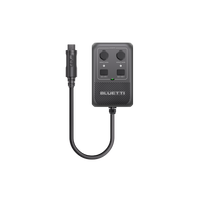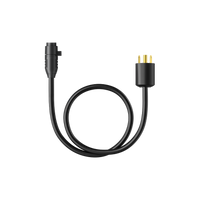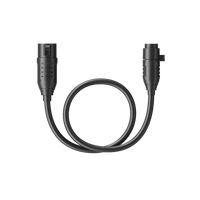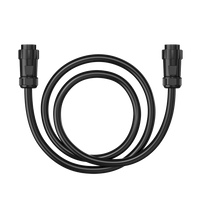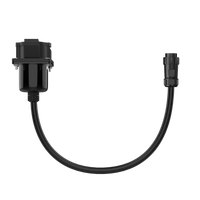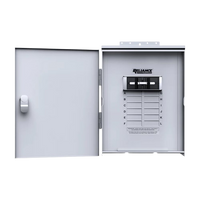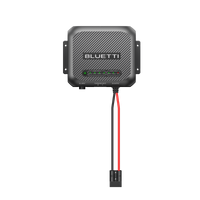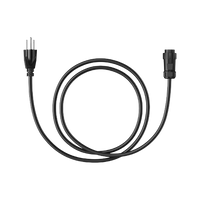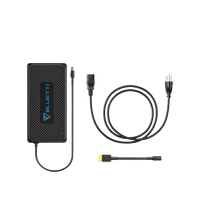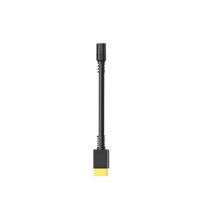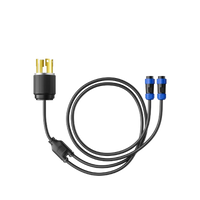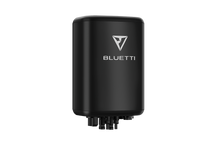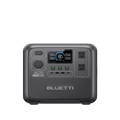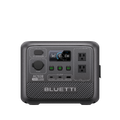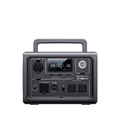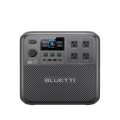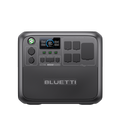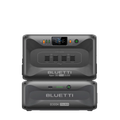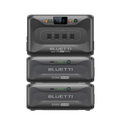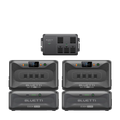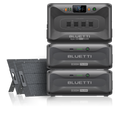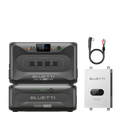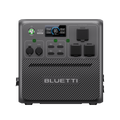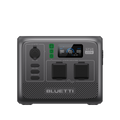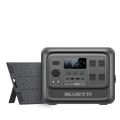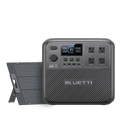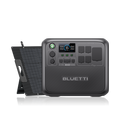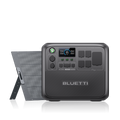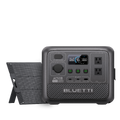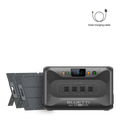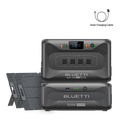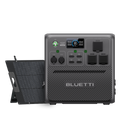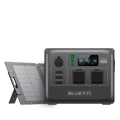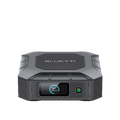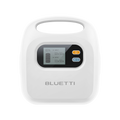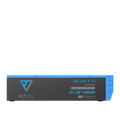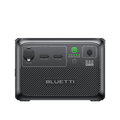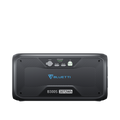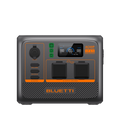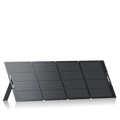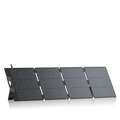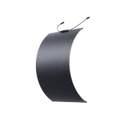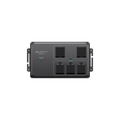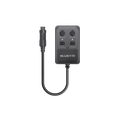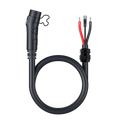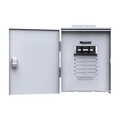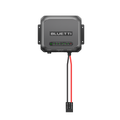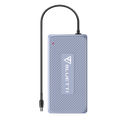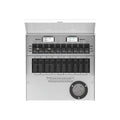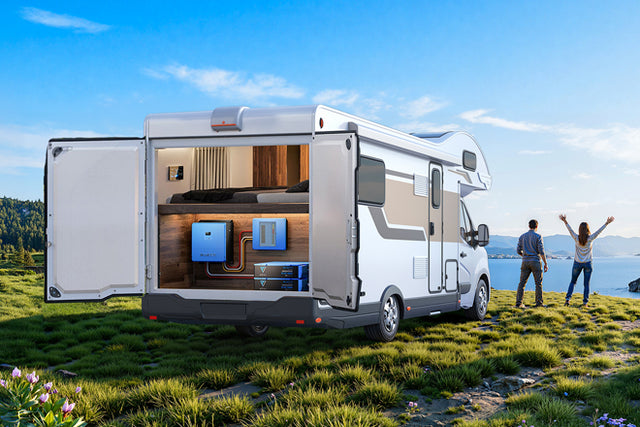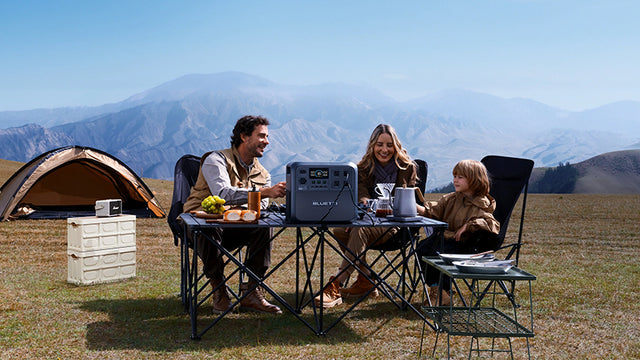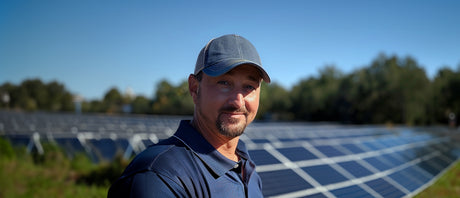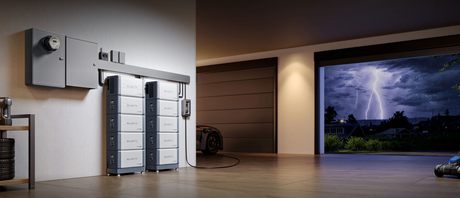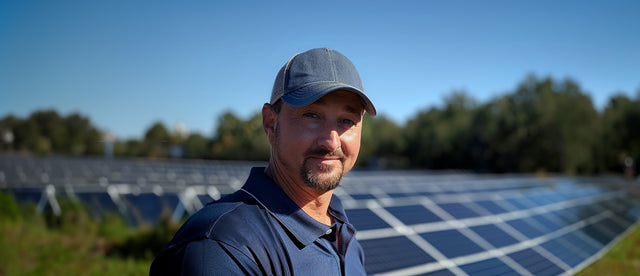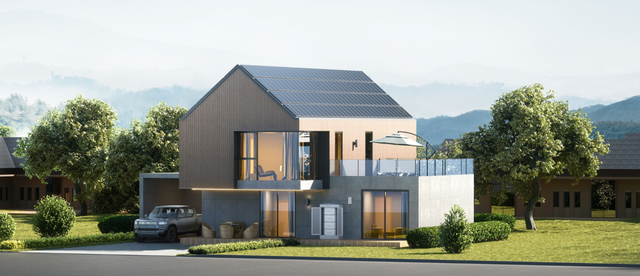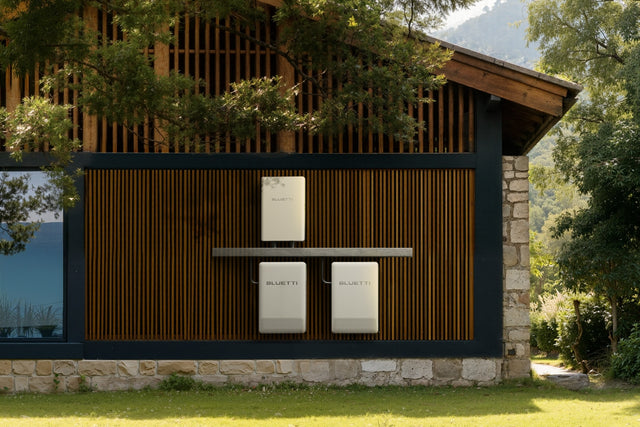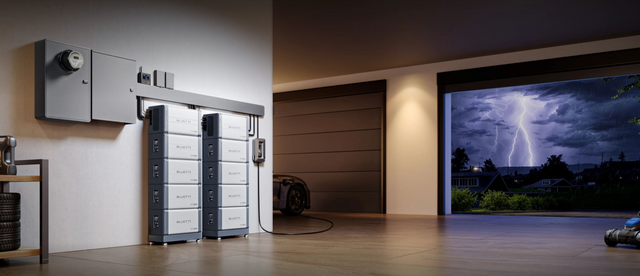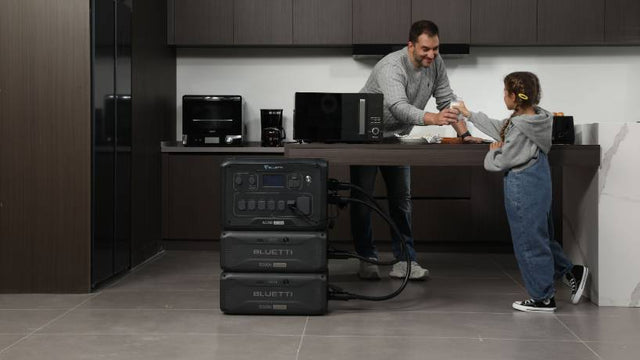Your cart is empty
Shop our productsDue to frequent power outages and grid instability, many homeowners are seeking whole-house power backup systems.
More blackouts are now occurring due to extreme weather conditions, which have led to a surge in demand for battery systems that can offer an uninterrupted power supply.
Such battery systems are also compatible with solar panels, which then allow homeowners to have excess energy to use at night or when blackouts occur. The shift towards self-sufficiency has been brought about by both financial and environmental factors.
More and more homeowners are moving towards long-term savings on utility bills, even if this could mean high initial costs to reach energy independence.
That said, understanding the overall cost requires exploring several factors, which include the type of technology used, the installation cost, and the battery capacity.
What Is a Whole-House Battery Backup System?
A whole-house battery system is an energy storage solution that is built to provide homeowners with uninterrupted power during times of grid interruptions or blackouts.
They are not the same as portable power stations, as these can only supply power to a limited number of devices. Whole-house battery systems are installed permanently and integrate into the home's electrical wiring.
To operate, they require an inverter as well as a transfer switch, which automatically detects any outages and immediately switches to the battery power in a matter of seconds.
Lithium-ion technology is the most commonly used type in modern whole-house battery systems owing to its efficiency, durability, and high energy density.
Capacities typically range from 5 kWh to 80 kWh, sometimes exceeding this. There are also modular options that enable homeowners to increase capacity as needed.
When solar panels are used, homeowners can rest easy knowing that they not only have backup power but also a way to store excess renewable energy to use later when needed.
Average Costs in 2025

So how much will it cost you to get a whole-house battery system? Well, it depends on several factors, such as installation method, brand, and battery capacity.
A basic battery system with a 10-15 kWh capacity will be in the range of $8000-$15000.
A mid-range option like the Tesla Powerwall 3, which has a 13.5 kWh capacity, will cost you approximately $9300 before installation. The BLUETTI Apex 300 with a 16.5 kWh capacity sits at $7000-$8000 before installation.
Homeowners will pay around $700-$800 on average per kWh just for the equipment, or $1000-$1500 per kWh including installation.
That said, DIY enthusiasts are able to cut the costs down by a significant amount to around $300-$500 per kWh by using custom lithium battery cells and purchasing off-the-shelf components.
Note, however, that getting professional installation will add about $2000-$8000 for the electrical installation, labor, and safety certification, and ensure compliance and reliability with the building codes.
Factors Affecting Cost
There are various factors that will determine how much a homeowner will pay for a complete whole-house battery backup system in 2025. Let's take a look:
1. Size and Storage Capacity
The most significant factor affecting price is the size of the battery system. Bigger batteries have a higher overall cost, though they often offer a lower cost per kilowatt-hour.
For instance, consider a 10 kWh system, which may cost around $10000, and compare this with a larger 40 kWh battery system costing around $30000.
When powering just essential appliances, a homeowner could opt for the smaller battery system, whereas those who have higher energy demands could opt for the larger one.
2. Power Output

The whole house battery backup system's output, which is rated in kilowatts, tells how many appliances and devices it can run simultaneously.
A smaller basic system of anywhere from 5 to 10 kWh is able to handle essentials such as refrigeration and lighting, while larger battery systems, such as a 20 kWh unit, are able to handle heavier loads like electric cooking, air conditioning, and even heating water.
This will translate to a larger inverter and thus a costlier system.
3. Brand and Model
The brand and the model will also affect the cost of a whole-house battery backup system, with premium models that come with warranty coverage and are more efficient also costing more.
Enphase IQ, for instance, will cost about $3,000-$5,000 for a 5-kWh system. Consider this with a Generac PWRcell system, which will cost anywhere from $10,000 to $20,000 for a similar configuration.
4. Installation Complexity
Getting permits as well as electrical upgrades, plus the installation, can add $2,000–$8,000 to the total cost.
5. Add-Ons and Integrations
Some extra features like apps, solar compatibility, and smartphone integration can enhance usability but increase costs.
Incentives and Long-Term Savings
1. Federal Tax Credit
Through the Inflation Reduction Act, homeowners who install a whole-house battery backup system can claim a 30% federal tax credit before 2026.
The incentive also applies to those with solar-integrated setups and helps to reduce the total upfront costs of equipment and installation by a significant margin.
2. Energy Bill Savings

With battery systems, homeowners can enjoy peak shaving, where stored energy is used when the energy rates are high, and it helps reduce overall monthly costs.
Excess solar energy can also be stored for use at night, helping to lower dependence on the grid and boosting energy independence.
3. State and Utility Rebates
Many states and utility companies will also offer performance-based incentives and rebates meant to encourage homeowners to adopt energy storage options.
For instance, in North Carolina, Duke Energy offers up to $5,400 for installations. Homeowners can get similar regional savings by checking their local energy programs to lower project costs.
4. Avoided Outage Costs
When homeowners invest in a backup battery, this prevents things like spoiled food during outages and equipment damage caused by blackouts, which ultimately provides both convenience and financial benefits.
5. Return on Investment (ROI)
Depending on daily energy use, available incentive programs, and local electricity rates, it typically takes between 5 and 10 years to pay back the whole-house system
DIY vs. Professional Installation

DIY Installation
Pros:
- Big savings on costs
- Best for small- to medium-sized systems and for experienced users
Cons:
- There are no warranties, and it could violate local codes
- Limited safety certification and insurance coverage
- Need for technical knowledge in inverter setup and wiring
Professional Installation
Pros:
- Availability of manufacturer warranty, code compliance, and safety
- Handles inspections, system integrations, and permits
- Great for high-power and whole-home setups
Cons:
- Adds an extra $2000-$5000 in labor costs
- High upfront investment
Recommendation:
For whole-house systems, it is best to enlist the help of certified installers, as they will also conduct energy efficiency audits to ensure you get the optimal size before installation takes place.
Potential Pitfalls of Getting a Whole-House Battery Backup System
While whole-house systems can help provide reliable power and reduce long-term costs, there are a couple of factors that affect performance and cost if not addressed.
1. Oversizing the System
Some Homeowners go straight to installing excessively large systems, like an 80 kWh system with a $80,000 price tag, all while having way smaller energy requirements.
Not giving special attention to load reduction, i.e., ensuring efficient appliances and lighting, could lead to wasted capacity and huge costs.
2. Battery Lifespan
The majority of LiFePO₄ batteries have a 10–15-year lifespan, which translates to about 5000 charging cycles.
Keep in mind that the battery performance will reduce over time, which brings down the battery's usable capacity.
To help keep the system at optimum performance, it pays to plan for a future replacement or even modular expansion.
3. Limited Backup Duration
Any whole-house backup system may not be able to sustain continuous use for multiple days, especially during times of little sunlight.
Getting a hybrid setup, such as a combination of, say, batteries and a backup generator, can prove to be a practical and reliable solution that ensures you have power even during times of extended outages while still optimizing storage longevity and fuel use.
BLUETTI Apex 300 as a Whole House Battery Backup System

If you are searching for a scalable, modular whole-house battery backup solution, then the BLUETTI Apex 300 is worth a look.
With a 3840 W AC output and allowing up to 7680 W of surge power, it is powerful enough for most high-energy demands for homes.
The BLUETTI Apex 300 features second-generation LiFePO₄ cells and has a 6000+ charge cycle rating, which translates to about 17 years of use.
Among the many advantages of The Apex 300 is its expandability, thanks to its modular design. And while the base unit can handle moderate loads, you can scale up with additional battery modules.
For instance, with the base setup, homeowners can power smaller homes with moderate energy demands, and as a critical circuit breaker. When scaled up, it can power a full home.
What's more, it comes with built-in solar charging, allowing this to become more than just a backup and a great part of homeowners' energy strategy.
Simply put, the BLUETTI Apex 300 offers flexibility and a future-proofing solution for your energy needs, especially due to its modular design and solar integration.
Conclusion
2025 has seen a stabilization in prices of whole-house battery backup systems, with spending ranging between $10,000 and $19,000, including installation. As advancements in battery technology continue and as incentives expand, there has been greater accessibility to energy storage and reliability. That said, picking the right system for your home demands careful evaluation of your energy needs, backup solutions, and rebate programs.
Whether working independently or connected to solar panels, whole-house battery backup systems provide long-term benefits in terms of energy independence and cost savings, which ultimately makes them a practical solution for households moving towards energy independence.
Shop products from this article
Be the First to Know
You May Also Like

How to Select the Right AC Adapter for Your Device?

BLUETTI Elite Series Buying Guide: Which Model Fits Your Lifestyle?




